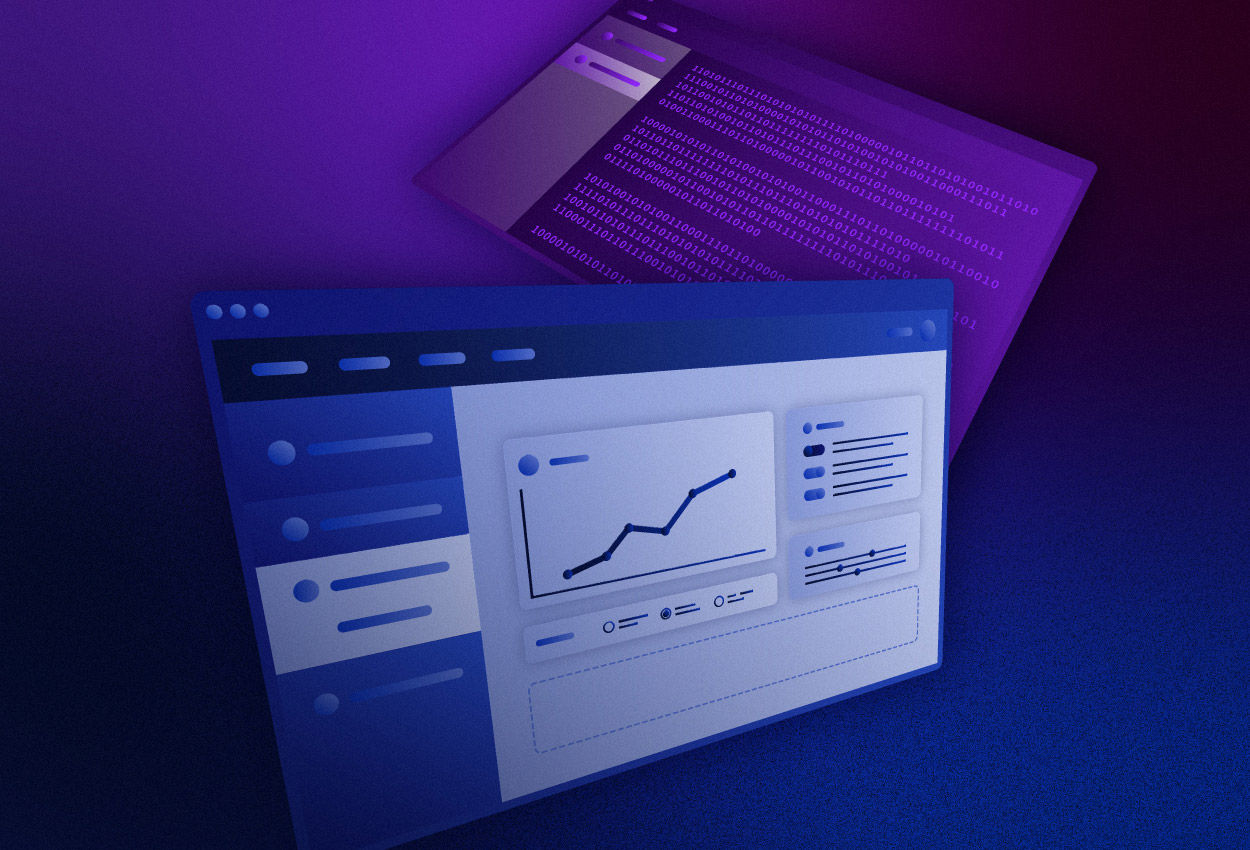Flux Federation | 22 August 2023


When it comes to procuring new operational software, typically one of the first decisions to be made is whether to go down the customisation route versus configurability. This is an important decision - there are significant differences between the two options and potential long-term impacts.
While the correct answer very much depends on the business procuring the software, resource levels, budgets, long-term goals etc, there are a number of factors to decide upon. As a provider of highly configurable software, naturally Flux is an advocate for the configuration option. This isn’t just because we know the benefits of complexity management, speed, scalability, and efficiency the Flux platform delivers, it’s also because we hear stories every day of energy companies locked into contracts with vendors of legacy software that have become an enormous strain on resources and are no longer fit for purpose in the new energy economy.
But before we get into the considerations, let’s quickly clarify what the two terms mean:
Customisation: Is to modify or build software and/or features that meet specific requirements. It involves bespoke code written for a defined, and usually unique purpose, typically requiring specialised (read - expensive) skill sets.
Configurability: Is to use the tools built into software to make features fit for purpose without needing to write or change code. Out-of-the-box (OOTB) functionality is arranged or adjusted to best suit your requirements (just think about your smartphone - you install the apps you need and adjust the functionality and features to suit your personal preferences, but you don’t modify the phone itself).
The key difference between the two is that because customisation requires code changes, it therefore requires specialised expertise whereas configurability requires no system programming knowledge and you simply get set up using the OOTB features.
We’ve talked previously about the dual imperatives energy companies face with the race to innovate in the clean energy space as well as maintaining profitability and shareholder returns. Technology is a vital enabler of these OKRs, which means it's a decision that must be right. Here are the four key factors we recommend energy companies consider:
If you’re going down the customisation route it’s not just the cost of developing the software; there’s also the ongoing costs to maintain and upgrade the software and supporting infrastructure, the opportunity cost being the time it takes to complete the build, and the cost of training new team members who are unfamiliar with the customised offering.
There’s the question of whether you outsource or develop the code in-house. Creating custom code takes significant expertise, not only in development but also how it interacts with existing code. Outsourcing ties you in with a vendor, which can be expensive and limiting from an innovation standpoint, whereas with in-house development you either need to bring in additional headcount or take people off their BAU. Plus, there’s also continuity to plan for if people leave and take their knowledge of the system with them.
With configuration you’re buying purpose-built software that may only require adjustments to be ready to go, which can be performed in-house without the need for specialist skills. Of course, there will be a learning curve as your team comes up to speed on using the platform, but this is equally the case with custom software.
There is considerably less cost risk with configuration because the software is designed to have changes made to it, which means it will become useful to your business much faster. The quicker an energy business can bring new products and tariffs to market, the greater its competitive edge.
The beauty of configurable software is that you can activate and deactivate functionality quickly and easily. This is the premise upon which it is built.
Custom software tends to be more rigid. The cost to build or customise code to meet a specific need is often at the expense of flexibility. And this is purely due to the time and cost involved with building in that flexibility (or configurability). Once you’re locked into code, if you want to make changes this will require more code. More code equals more specialist expertise, which means more cost, and time.
Modern energy companies operate using digital ecosystems that integrate seamlessly with each other. Gone are the days of proprietary end-to-end systems that are owned (and dictated) by a single technology vendor - today it’s all about integrated cloud-based architecture.
If you’re customising, you will have customised integrations point to point. Maintenance of these integrations is not a small undertaking. Release of updates or new features in any integrated systems could adversely affect your custom code. The level of communications required to track upcoming updates alone is often too much for in-house teams to monitor and maintain.
The key point here is that the business value that can be gained through an ecosystem of third-party solutions that seamlessly connect and operate well alongside each other cannot be underestimated.
Configurable software has to do what it says on the tin, which means vendors of such platforms will have undertaken extensive and robust testing and will continue to support the software with feature releases, updates and upgrades. It’s in their best interest to do so. You’ll also have the support of the knowledge and expertise within their team, who lives and breathes the software every day.
The more customisation you bring in, the greater the onus on your organisation to maintain, correct, or update the software. The teams supporting the custom software (whether in-house or vendor) need to manage security patches, upgrades, updates, and ongoing requests for new features, which means they need both availability and the skills to do so. What often happens is that the teams maintaining the software become bogged down in a reactive cadence keeping the kit working and useful, which makes it very hard to find the time and bandwidth to innovate. Furthermore, the greater the lag on maintenance, the greater the cost will be to update it. And without this bespoke software will soon become obsolete, which is a significant risk from both security and competitive edge perspectives.
As you can see, while there are various factors to consider, at the crux of them all is time, and ultimately cost. Like with all decisions, there is something to be gained and something to be lost. The question for energy companies is, where is the right balance that allows you to meet your dual imperatives?
If you’d like to hear more about Flux’s scalable, flexible, and highly configurable billing and retail operations platform that was purpose built for the energy and utilities sector, speak to our team today.

Sign up for the latest updates in technology, changes, regulations, and new energy products from Flux.